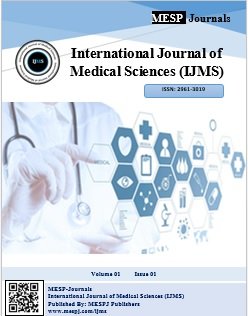Latest
- International Journal of Medical Sciences (IJMS)
- Open Access Peer Reviewed Journal
- International Journal of Medical Sciences (IJMS)
- Open Access Peer Reviewed Journal
- International Journal of Medical Sciences (IJMS)
- Open Access Peer Reviewed Journal
- International Journal of Medical Sciences (IJMS)
- Open Access Peer Reviewed Journal
Menu
Visitors






